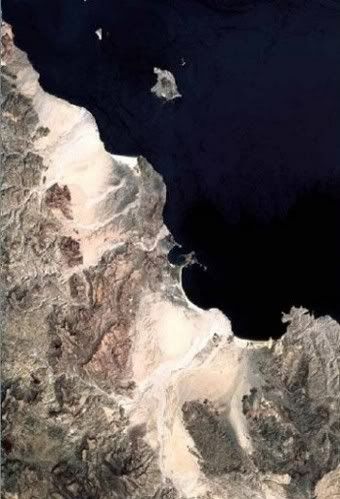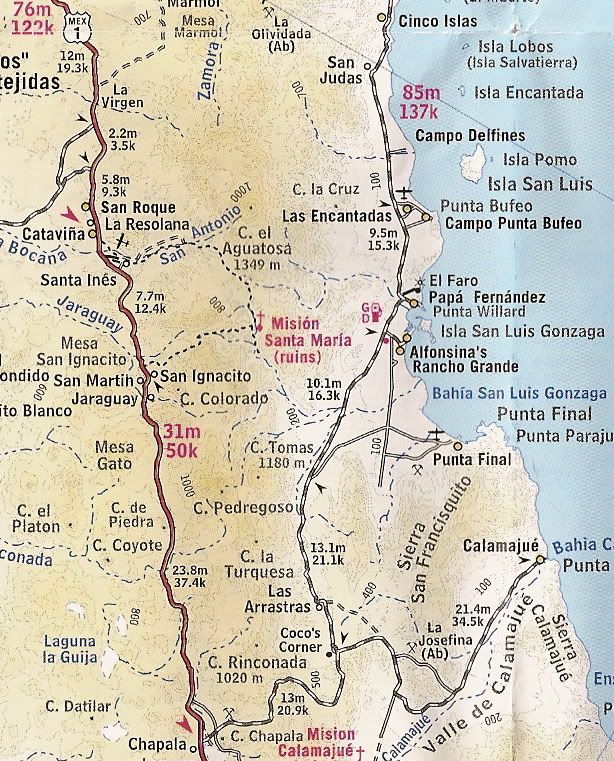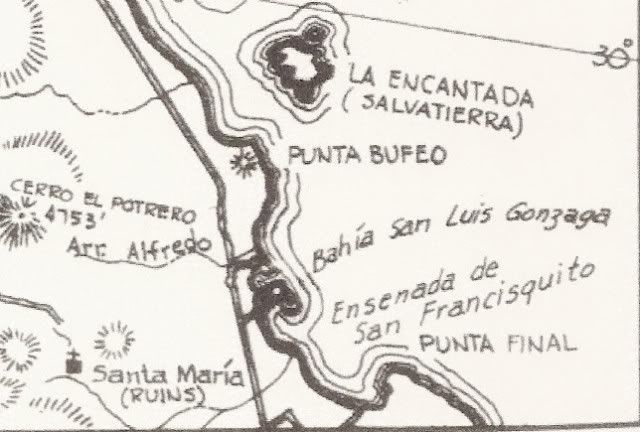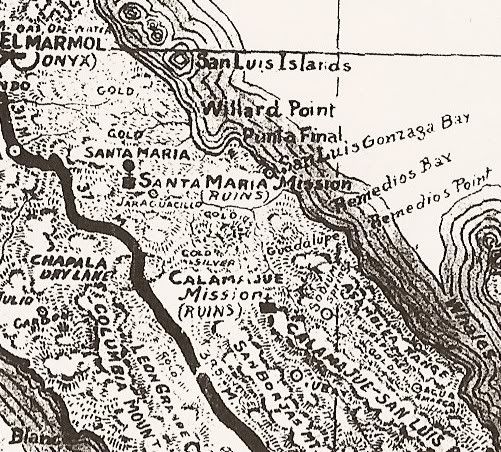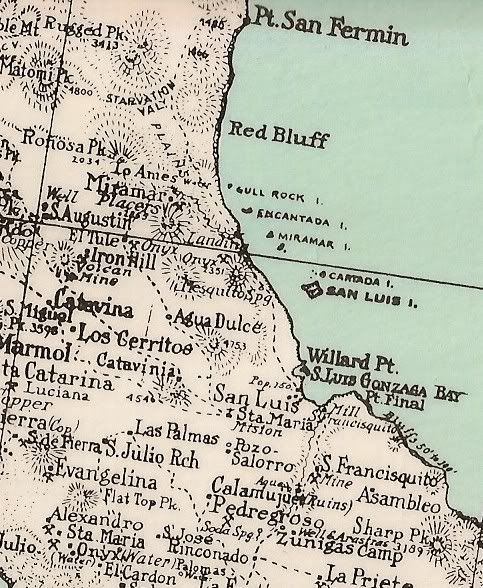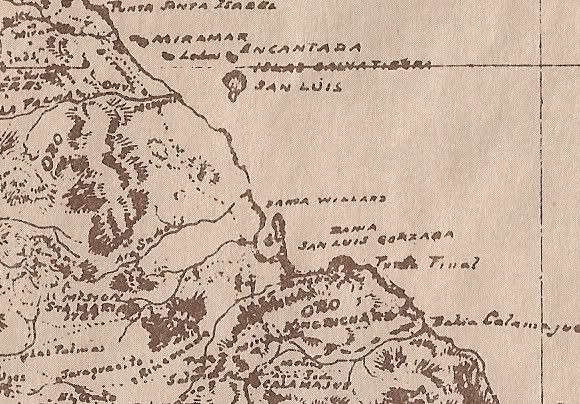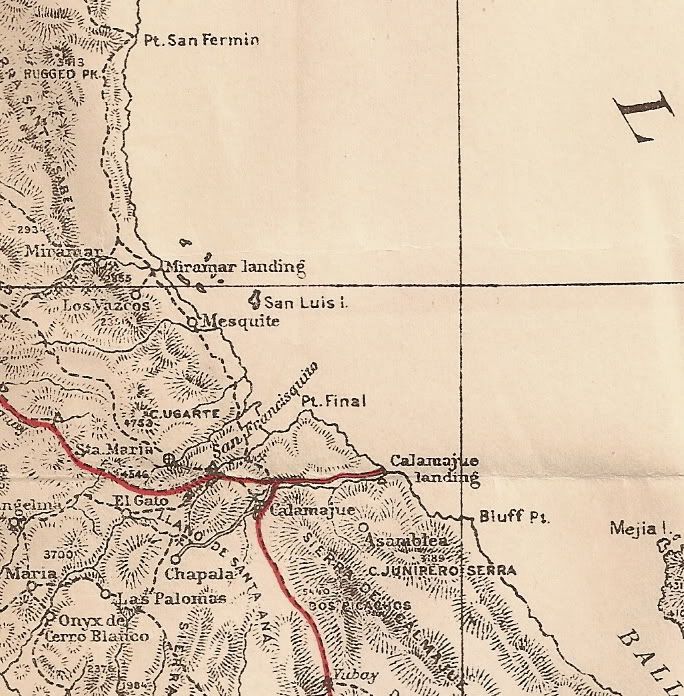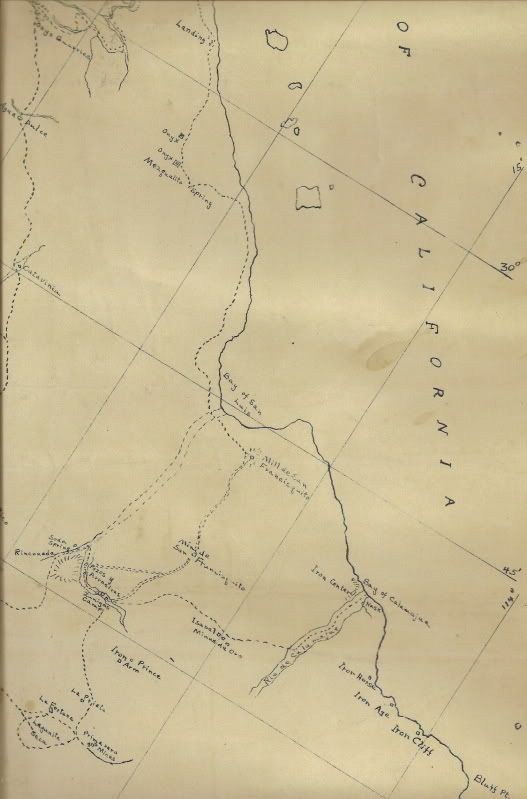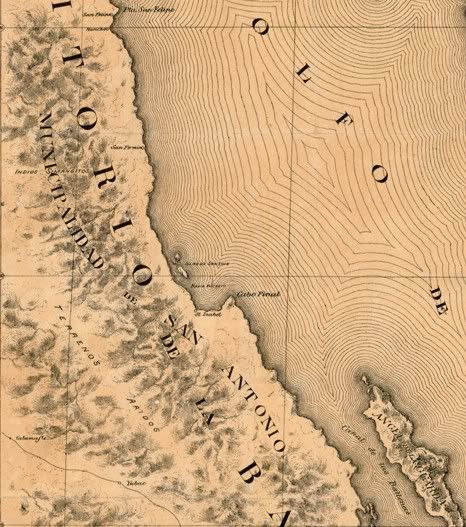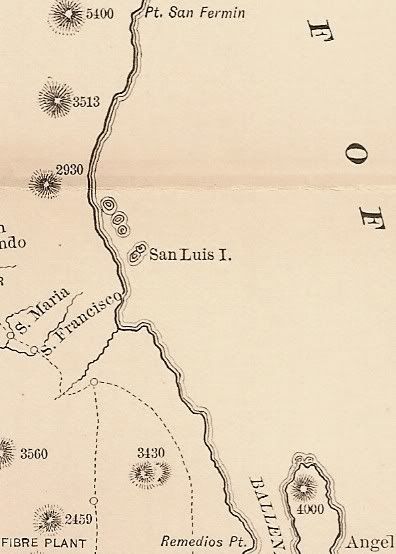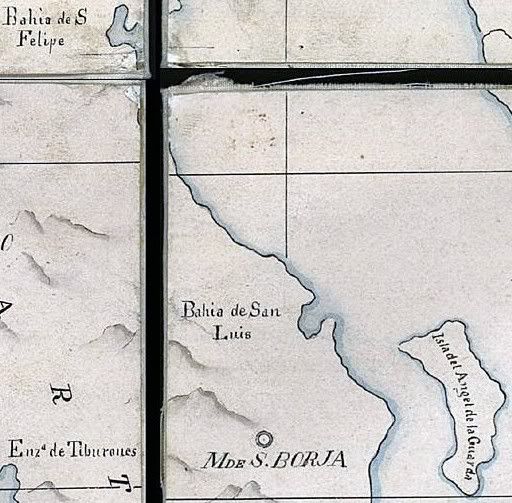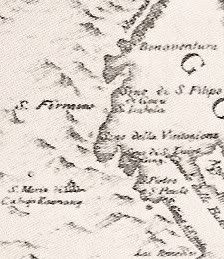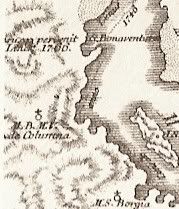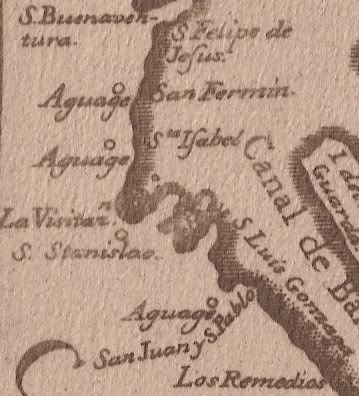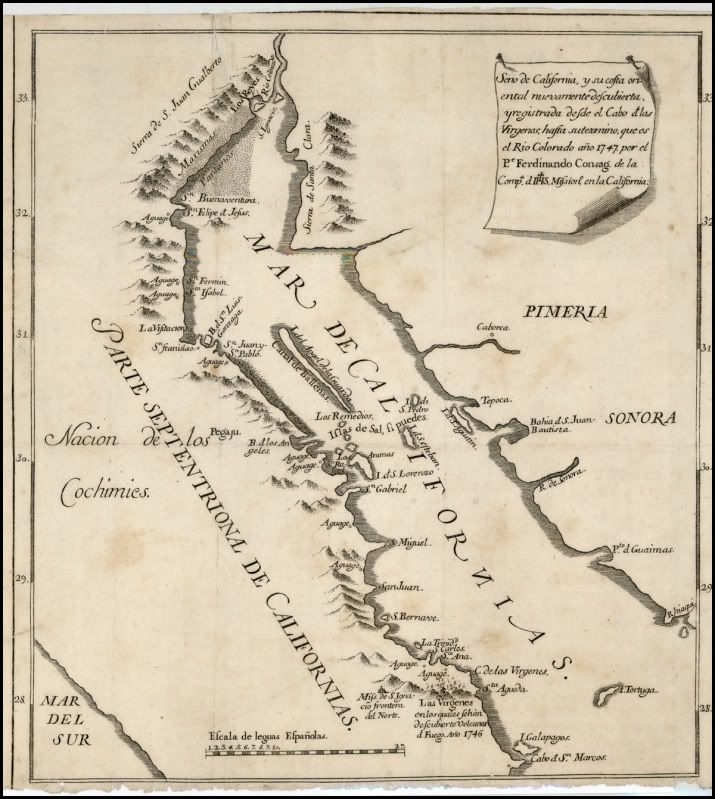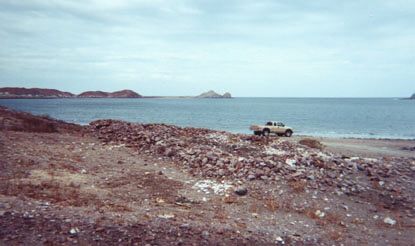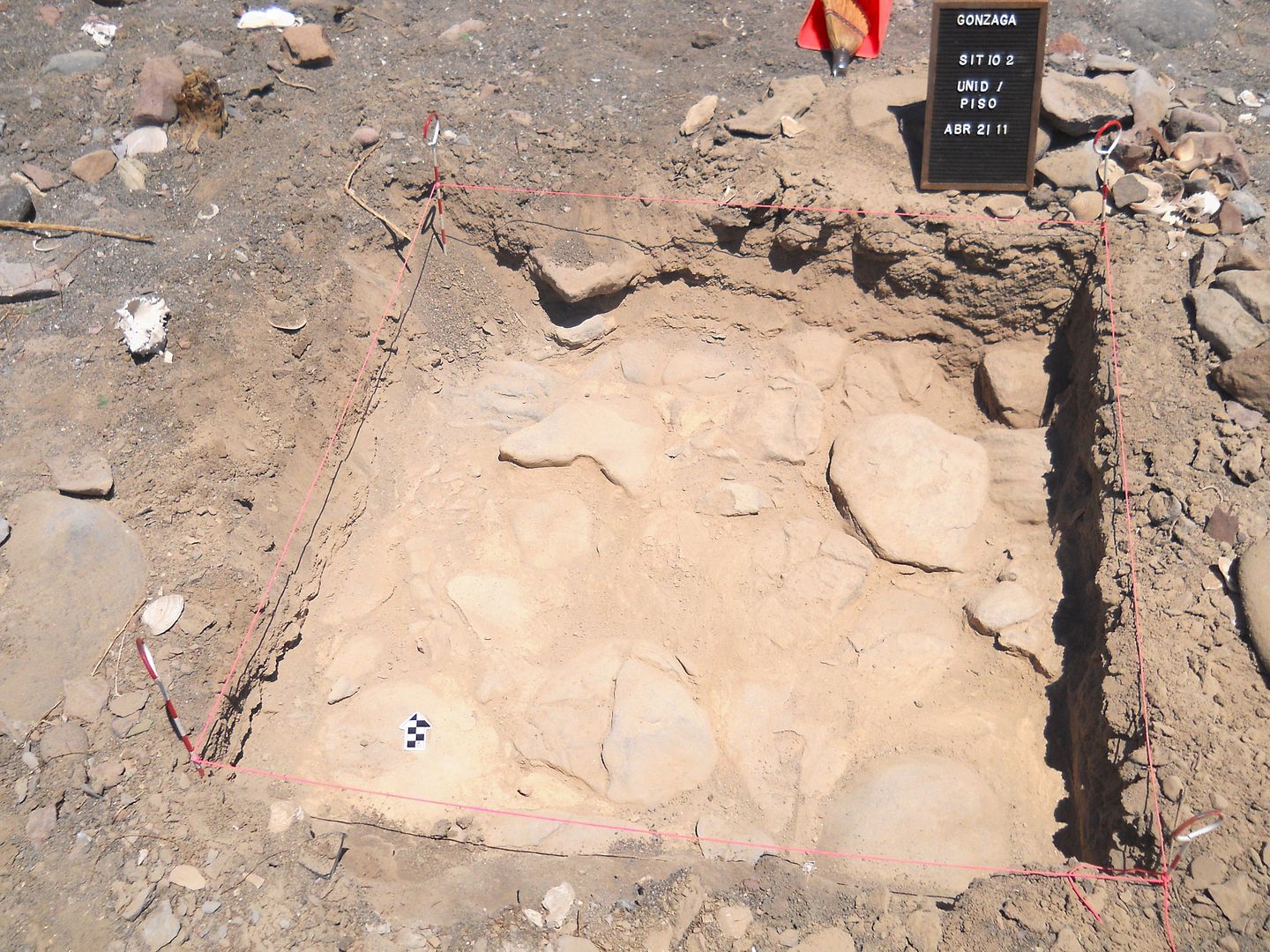Originally posted by DENNIS
This fact is almost buried in history and would be lost if not for a chat I had with a miner in Loreto in the early sixties.
It took a box of beer to loosen his tongue, but with the appearance of a second box of Leche de Madre, the story tumbled out as a downpour.
It seems Papa Fernandez, many years back, raised ducks. Large, white and noisy ducks. He had practical reasons for this venture...he loved to eat
them. Papa was tired of fish and would throw a duck on the fire regularly.
Papa would clip their wings and let his flock run around the neighborhood in a tight-nit group, almost as a covey of quail....which Papa also loved to
eat, but they were too much effort for the yield.
After a few seasons of his flock multiplying in numbers, Papa was the proud owner of what amounted to a herd of ducks and one Pato in particular
became attached to him, much like a loyal dog, and would follow in his path wherever his toils would take him. It was a tender, loving sight to
see....... a man and his duck.
Papa was strongly attached to his new friend and would purposely keep him out of the line when the rest of the flock assembled to have their wings
clipped as Papa thought the procedure too undignified to submit his loving bird to. Papa even gave his duck a name. He stopped short of Baptism, but
named him Willard and Papa towering over Willard would stand to the side of the slow moving line and watch the common ducks be rendered as
"grounded."
Time passed uneventfully until one fateful day, the wind arose and came through the area with a vengeance, tearing off roofs and laying flat the
fences. The storm also picked up Willard who was able to flap his like-new wings, compensating for the death dealing hurricane and he flew in the
direction of least resistance across the waters and landed, somewhat confused, on Isla San luis. Papa watched Willard's lift-off and noted the
direction in which he had been flung and prepaired to set out at first calming of the weather to retrieve his beloved friend. Along with him he took
his hired hand, Beto, to man the boat across the waters to landfall on the distant point.
After arriving on Isla San Luis, Papa and Beto set up camp and ate their fill of Duck Jerky to give them energy for the search ahead which was decided
to take them in opposite directions around the point. Willard, for which it was hoped and prayed, would be found and reunited with his loving
master, Papa, and off they went calling for Willard at the top of their voices, "Willard---Willard---Come here boy---Willard."
They walked and they called for days and when Papa had circled the island returning to the launch, Beto was nowhere to be seen. Papa was at first
puzzled and after a few days of confusion, he became disheartened when a terrible reality set in. Willard had not been found and Beto was lost.
Papa could wait no longer as his cache of Duck Jerky was dwindling and more storm was gathering on the horizon so he struggled his way alone across
the water to an empty home.
Time passed, weather subsided and Papa began his vigil of sitting on the shore, day and night, listening to the plaintive calls of, "Willard---C'mon
Willard---Here Willard," and all the while, as Papa will swear to, the reply, "Quack---Quack---Quack," would echo in the air.
Neighbors and friends of Papa are certain to this day the voices in the distance can be heard.
And.....That's why it's called Punta Willard. |






